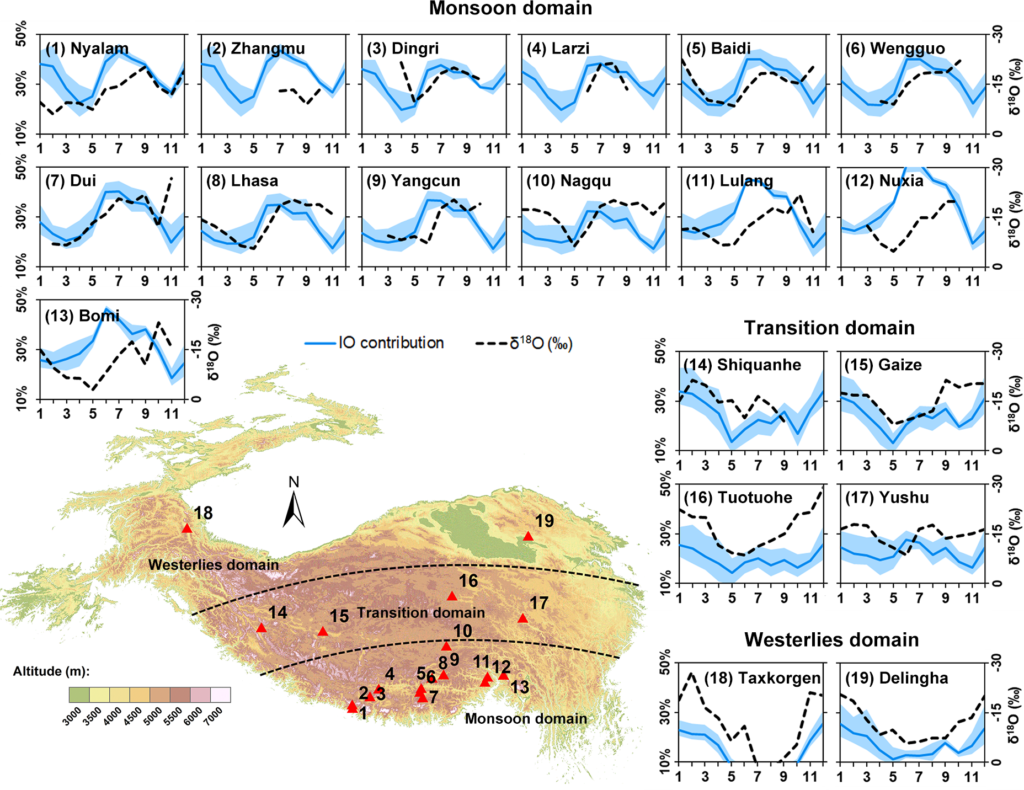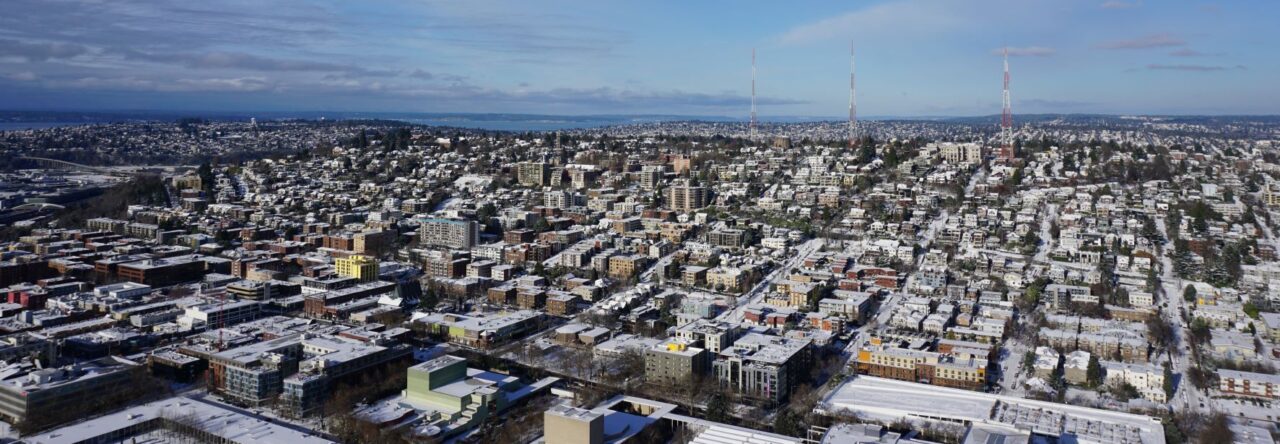Our new paper, “Spatial distribution of oceanic moisture contributions to precipitation over the Tibetan Plateau“, is published in Hydrology and Earth System Sciences (IF: 6.617).
The paper and its supplement can be downloaded at https://hess.copernicus.org/articles/26/6413/2022/.
Authors: Ying Li, Chenghao Wang, Ru Huang, Denghua Yan, Hui Peng, and Shangbin Xiao
Abstract: Evaporation from global oceans is an important moisture source for glaciers and headwaters of major Asian rivers in the Tibetan Plateau (TP). Although the accelerated global hydrological cycle, the altered sea–land thermal contrast and the amplified warming rate over the TP during the past several decades are known to have profound effects on the regional water balance, the spatial distribution of oceanic moisture contributions to the vast TP remains unclear. This hinders the accurate quantification of regional water budgets and the reasonable interpretation of water isotope records from observations and paleo archives. Based on historical data and moisture tracking, this study systematically quantifies the absolute and relative contributions of oceanic moisture to long-term precipitation in the TP. Results show that the seasonal absolute and relative oceanic contributions are generally out of phase, revealing the previously underestimated oceanic moisture contributions brought by the westerlies in winter and the overestimated moisture contributions from the Indian Ocean in summer. Quantitatively, the relative contribution of moisture from the Indian Ocean is only ∼30 % in the south TP and further decreases to below 10 % in the northernmost TP. The absolute oceanic contribution exhibits a spatial pattern consistent with the dipole pattern of long-term precipitation trends across the Brahmaputra Canyon region and the central-northern TP. In comparison, relative oceanic contributions show strong seasonal patterns associated with the seasonality of precipitation isotopes across the TP.
DOI: https://doi.org/10.5194/hess-26-6413-2022

